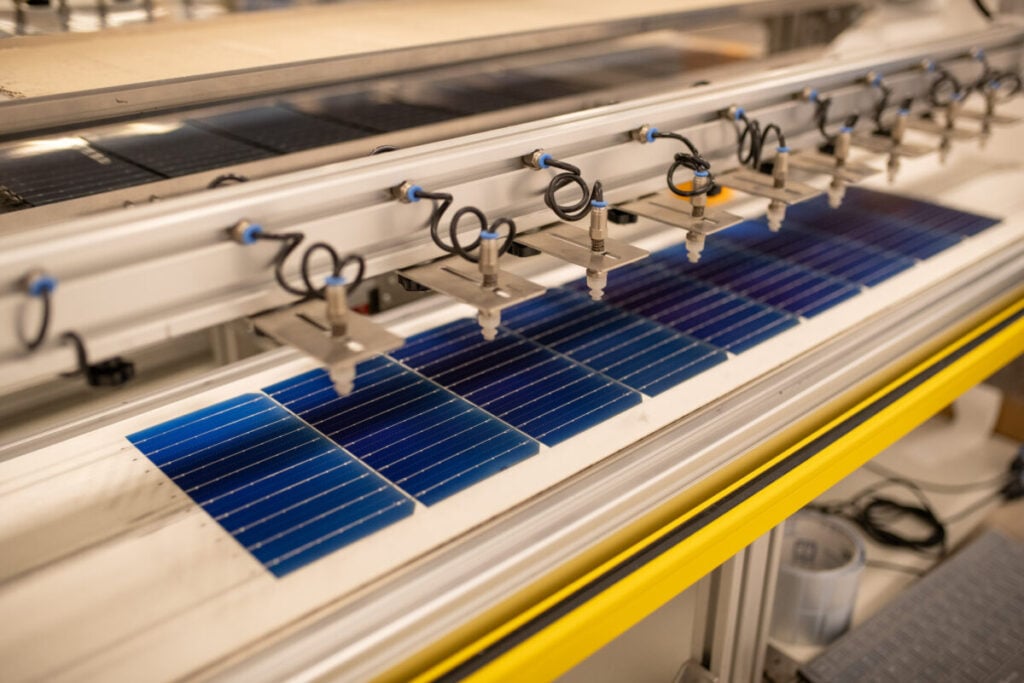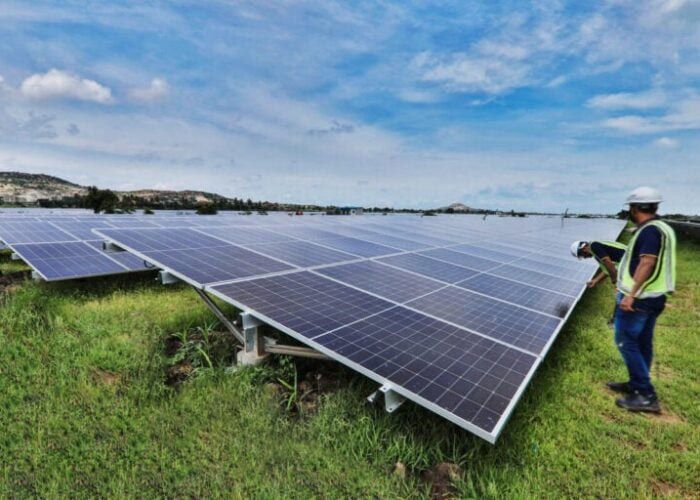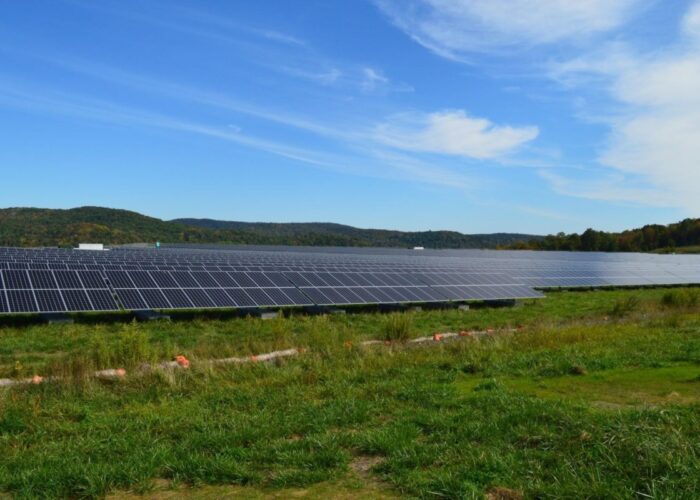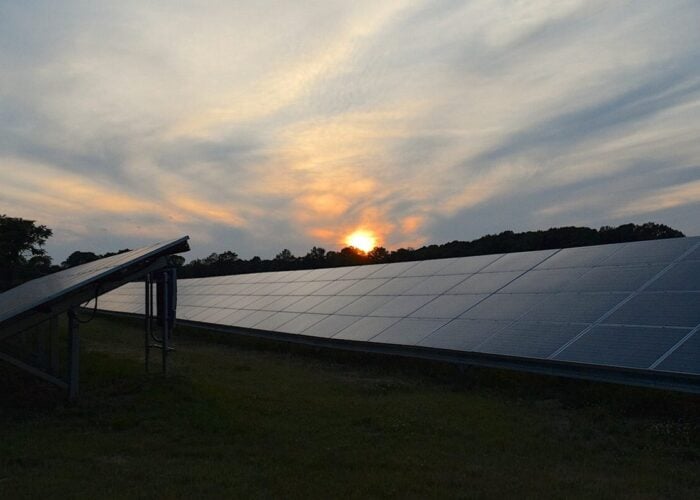
Australian solar PV module manufacturer Tindo Solar has partnered with the University of New South Wales (UNSW) to advance tunnel oxide passivated contact (TOPCon) solar cell performance.
The first TOPCon solar cell technology was developed in the early 1980s by Martin Green, a Scientia professor at UNSW. In laboratories, the technology has been shown to achieve around 27% power conversion efficiency.
Try Premium for just $1
- Full premium access for the first month at only $1
- Converts to an annual rate after 30 days unless cancelled
- Cancel anytime during the trial period
Premium Benefits
- Expert industry analysis and interviews
- Digital access to PV Tech Power journal
- Exclusive event discounts
Or get the full Premium subscription right away
Or continue reading this article for free
In comparison, passivated emitter rear cell (PERC) solar cells, which are commonly the most popular type of solar cell in the global market, have an efficiency of 25%.
PERC technology enhances the efficiency of solar cells by adding a reflective layer on the back of the cell. This layer reflects unabsorbed light into the silicon wafer, allowing it to be captured and converted into electricity, leading to higher overall energy production.
On the other hand, TOPCon uses a unique structure with a thin oxide layer and a polycrystalline silicon layer to improve charge carrier extraction, leading to higher energy conversion rates compared to traditional solar cells.
Tindo Solar will support UNSW in two projects exploring TOPCon solar cell technology. These aim to prove that TOPCon cells can perform reliably outside the lab, under heat, humidity, UV exposure, and the harsh weather extremes that define many parts of Australia.
Professor Hoex, a solar expert who heads the UNSW research team, noted that TOPCon solar cells represent an “existing leap” in efficiency, but more work needs to be done to understand their unique features.
“The TOPCon solar cell manufacturing process is evolving rapidly, with frequent adjustments that can either positively or negatively impact cell sensitivity to module components and environmental stresses,” Professor Heox said.
“Identifying these vulnerabilities and understanding their fundamental mechanisms is essential for designing modules well-suited to Australia’s climate, while also unlocking opportunities for broader global applications.”
PV Tech has spoken with several UNSW representatives on the solar industry in recent years. This includes Professor Green on advances in solar cell efficiency, Brett Hallam, an associate professor and the research director for advanced hydrogenation, on China’s influence on Australia’s solar industry, and Scientia professor Xiaojing Hao on the commercialisation of high-bandgap kesterite solar cells.
Tindo Solar CEO: ‘TOPCon is what we should be aiming for’
Adelaide-based Tindo Solar is currently Australia’s only commercial-scale solar module manufacturer. The company opened its first solar manufacturing facility in Adelaide, South Australia, in 2021.
Since establishing its Adelaide facility, Tindo Solar has announced plans to create Australia’s first gigafactory dedicated to solar PV manufacturing. This solar production facility could require approximately AU$100 million (US$65 million) in investment, generate 250 jobs, and produce 7,000 solar modules daily.
Tindo Solar indicated that while the location of the solar gigafactory remains undetermined, they are exploring potential sites in regional New South Wales, Queensland and Victoria.
For Tindo Solar’s CEO, Richard Petterson, TOPCon solar cells are the technology the globe should aim for in the energy system due to their greater efficiencies and output.
“Tindo and UNSW are optimising TOPCon technology so it produces high levels of power in all climatic conditions. Tindo has its own in-house design and engineering innovation function, but we also partner with high-level research organisations such as UNSW – it’s the blend of industry and research that will develop the next generations of solar technology,” Petterson said.
Last month, Tindo Solar secured a five-year export agreement to Vietnam totalling 15MW. According to Tindo, this demonstrates that Australian-made solar PV products can successfully compete in international markets.
The five-year solar supply agreement was established with Thanh Do Australia. The solar PV modules will be provided to the parent company, Thanh Do Construction Group. The deal is worth AU$8.4 million.
A few days later, Tindo Solar secured a 30MW solar module supply agreement with Bowen Pipeline Company to power Australia’s first “net zero pipeline”. This will see Tindo deliver 30MW of Australian-made solar modules to the major North Queensland water pipeline project during 2026 and 2027.
PV Tech Premium spoke with Tindo Solar’s Richard Petterson last year about the need to increase solar module recycling capabilities in Australia.






